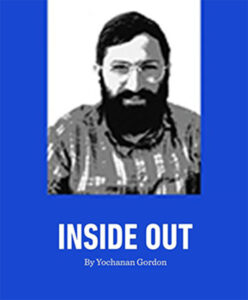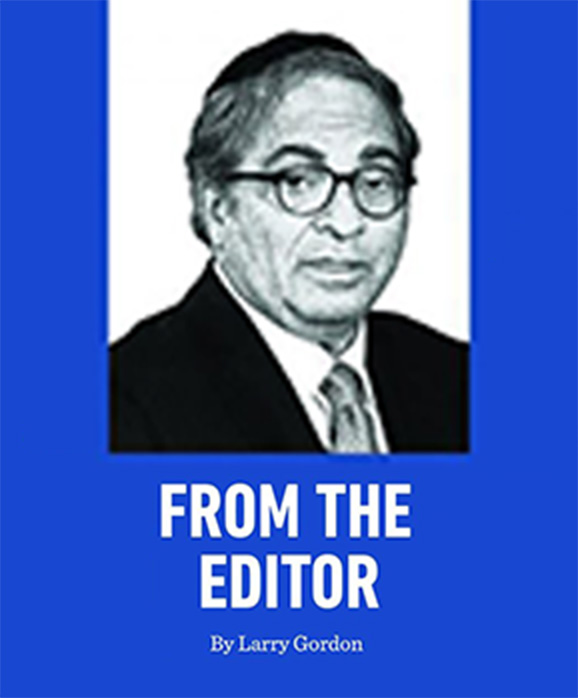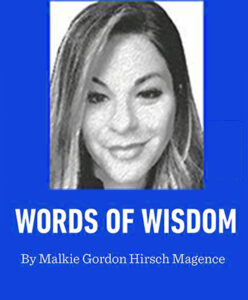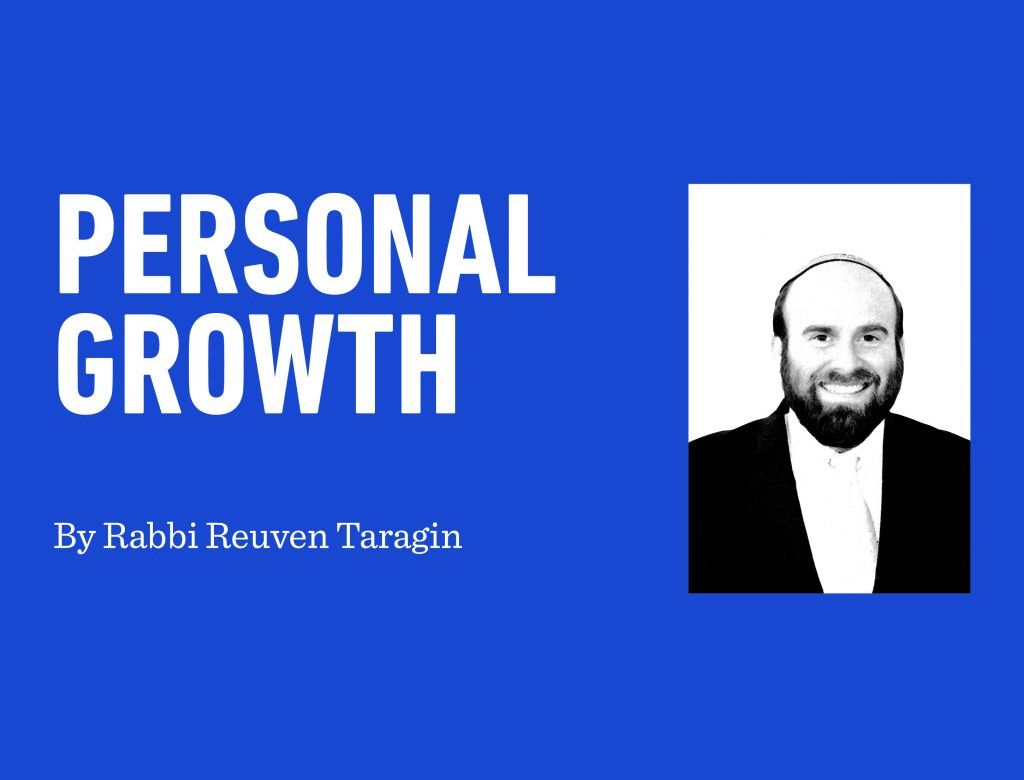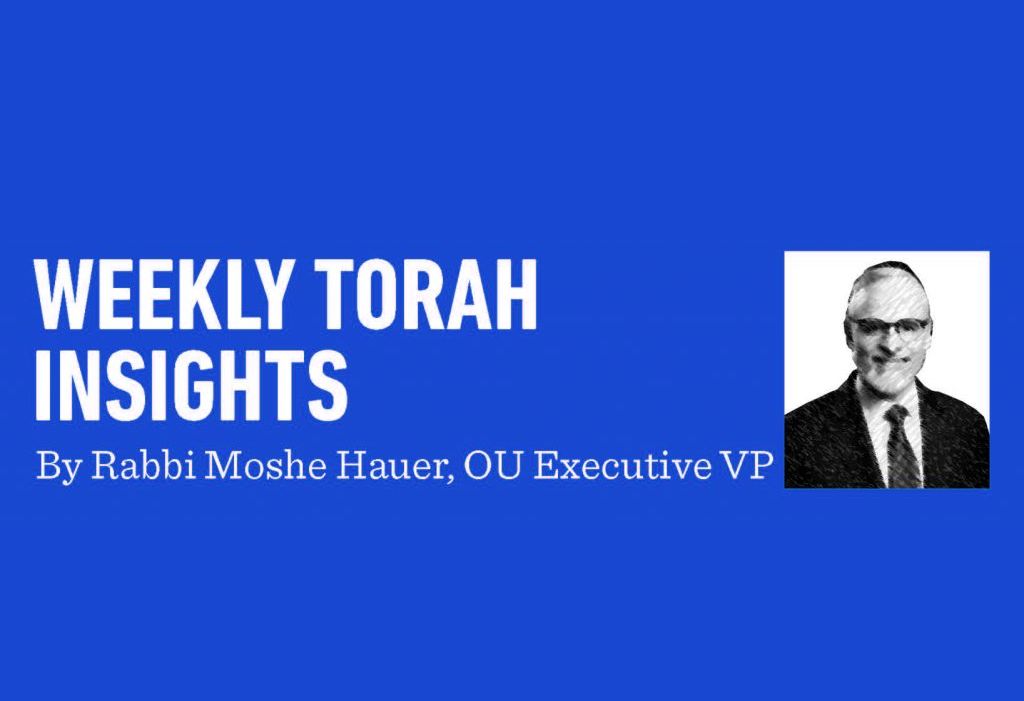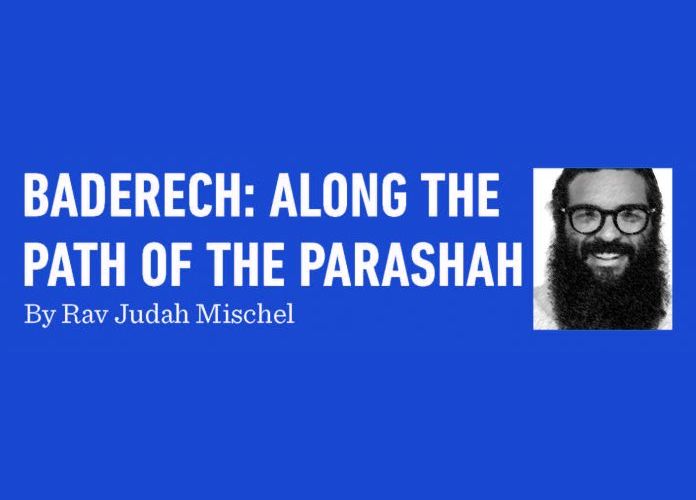Maharal Of Prague: Autodidact Or Student?

Statue of Rabbi Yehudah Loew at the New City Hall of Prague – Public Domain.
Credit: Public Domain through Wikipedia.
Unraveling the Mystery of Maharal’s Teachers
The Enigma: Maharal’s Torah Education
Biographic material about the renowned 16th century Torah giant, Rabbi Yehudah Loew ben Betzalel, otherwise known as the Maharal of Prague, is scant and ambiguous. Some give his birthplace as Poznan in Poland, though others mistakenly list it as Worms. There is a tradition that the Maharal descended from the House of David through Rashi and his ancestor, Yokhanan the Sandlar. Even the year of the Maharal’s birth is up for debate, with some sources listing 1512, 1520, and even 1526.
Another key point shrouded in mystery are the identities of the Maharal’s teachers. I will deal with that subject in this article, and attempt to identify who these individuals may have been.
Remarkably, throughout his numerous published writings, Maharal never mentions any of his teachers by name and only once even mentions the term Rabbosai (my teachers). This reference appears in a published sermon the Maharal delivered in Prague in 1589 titled “Drush l’Shabbos Hagadol.” As Joseph Dan points out, the omission of teacher’s names is highly atypical in rabbinic literature since, generally speaking, the weight and influence of one’s teachings stem from the authority of one’s teachers. Presumably, this indicates something significant about Maharal’s youth and early Torah education.
Theories Regarding Maharal’s Teachers
Scholars have grappled with this enigma for centuries and have advanced various theories, some more problematic than others. Some suggest that Maharal was a student of Rabbi Yakov Pollak (a major proponent of the pilpul methodology) in Prague, Bohemia. However, this theory has been disproven based on the chronology of Rabbi Pollak and Maharal’s lives. Other scholars record the legend that Maharal was a student of Maharshal (Rabbi Shlomo Luria) in Przemysl, Poland, but the reliability of this legend will be discussed below. A third group of scholars, based on several considerations, conclude that Maharal, in fact, did not have any formal teachers. Instead, he studied in a Chaburah (group) with other students and is to be considered an autodidact.
The evidence for this conclusion is as follows: in “Nesivos Olam” (Nesiv ha-Torah, Ch. 6), the Maharal emphasizes the importance of studying in a Chaburah, he established a kloiz (beis midrash) in Prague to facilitate learning in a Chaburah, and his autodidactic writing style.
The source for the second point is found in Rabbi Dovid Ganz’s Tzemach Dovid: “Afterwards, in 5333 (1573), he [Maharal] settled here in the holy community of Prague. He taught students and established a meeting place for scholars, the prominently known beis midrash ha-gadol which is called kloiz.”
The idea that Maharal was an autodidact, which was suggested by Nathan Grun and accepted by Avraham Gottesdiener, is challenged by the single reference Maharal makes to his teachers in a published sermon titled Drush L’Shabbos Hagadol. Additionally, it can be argued that Maharal’s emphasis on studying in a Chaburahand his founding of a kloiz in Prague for that purpose was limited to a developed Talmudic scholar.
Indeed, Yitzchak Yudlov infers from the wording of Tzemach Dovid (see citation above) that “this was not a yeshiva for lads or boys, but rather a place of study for Torah scholars (talmidei chachamim).” Clearly, the Maharal established his kloiz to ensure that Torah scholars could study Torah in the proper environment, in a Chaburah. Finally, with regards to Maharal’s autodidactic writing style, Avraham Gottesdiener himself raised the issue with this based on a tradition from the gaon of Sochatchov (Rabbi Avraham Borenstein, author of Avnei Neizer) that Maharal’s seemingly repetitive phraseology is actually fleshing out a new point or dimension of the concept he is explaining.
In light of the above, we can conclude that Maharal was not an autodidact, but rather was a product of the yeshiva system of his day and received a Torah education from formal teachers. This view is advanced by several contemporary Czech scholars who have worked extensively on Maharal’s biography, namely Alexandr Putik, Daniel Polakovic, and Pavel Sladek. It should be mentioned that Putik and Polakovic add the argument that without a formal teacher, Maharal could not have received rabbinic ordination (semicha).
But if Maharal did in fact have teachers, why does he fail to mention them and cite their interpretations and explanations?
Nosson Wiggins (@jewishhistorysheimhagedolim) is the author of two books on the subject of Jewish history, “The Tannaim & Amoraim” and “The Rishonim” (Judaica Press). He researches Jewish History at the Klau Library, HUC-JIR in his hometown of Cincinnati and leads tours of Klau’s Rare Book Room. He is a passionate enthusiast of Jewish history and when he’s not in the hospital working as a nurse, he can be found researching and writing posts for his Substack, “Jewish History—Sheim Hagedolim.”
